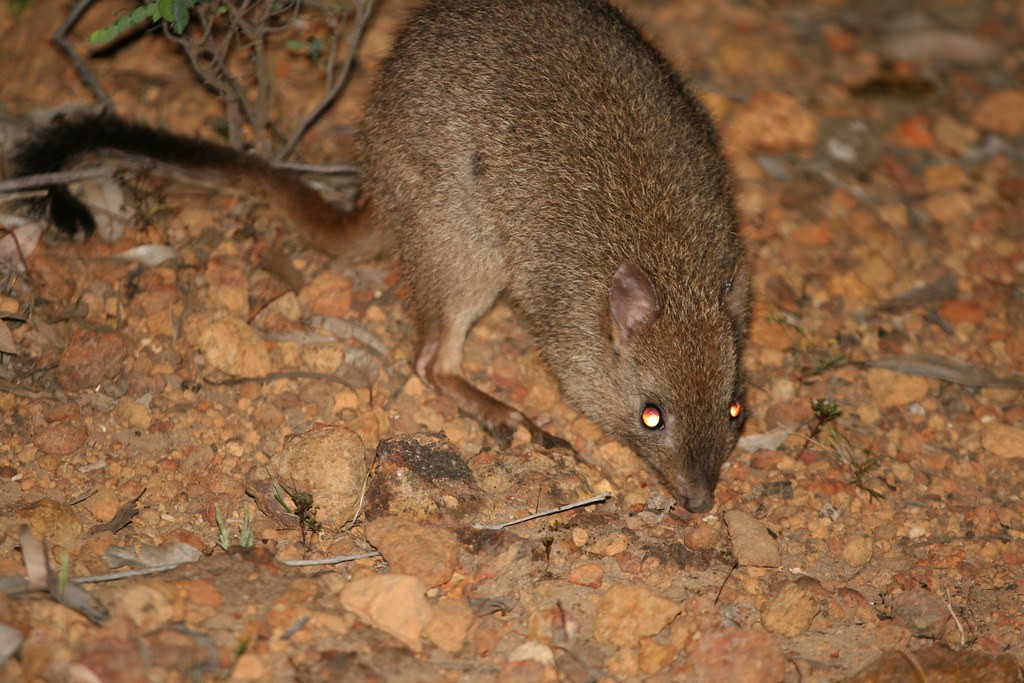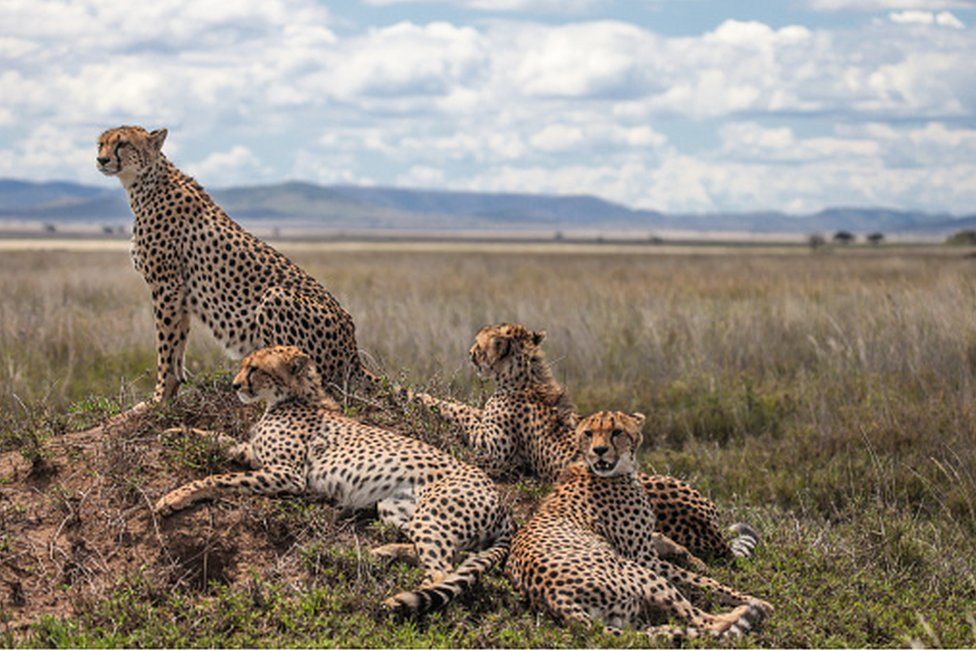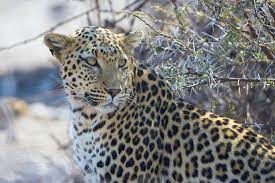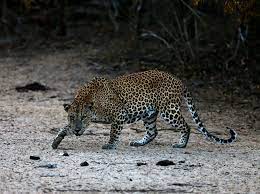The first blue whale sighted in decades from this part of the world, was spotted off Spain’s coast in 2017, a different individual appeared in 2018 and a third in 2019. In 2020 2 returned.
At the end of September another was sighted off the coast of Spain.
It is unsure why they are back. Are they returning because they now feel safe? Or has climate change moved their food? Either way, it is quite something to see these huge animals returning to areas where they were hunted almost to extinction by humans.
Just before the whaling moratorium came into force, an entire generation of whales was wiped out. Now the descendants of the few who survived are returning. Some researchers are concerned that they are being forced north by global warming. Given that blue whales dont seem to cross the equator, if each population is pushed towards the poles, their habitat will be significantly reduced. Furthermore, their dung fertilizes ocean upper waters (areas with little nutrients) allowing phytoplankton to bloom, thereby capturing more carbon – and when I say more carbon, we are talking about 4 times the amount of carbon stored in the Amazon rainforest.
Whale recovery still has a long way to go. Before whaling started, there was estimated to be 4-5 million whales in the planets seas. At the current time, there are 1.3 million or roughly a quarter of pre whaling numbers. Importantly, the blue whale was so mercilessly hunted, that they have not recovered to anywhere near pre whaling numbers: their current population is only thought to be around 3% of historical numbers.
These animals are worth far more alive than dead. I realize that some communities have eaten whale for millennia. However there are several caveats to this. Firstly we have abandoned other environmentally damaging behaviours, why should we allow this. Secondly, few if any of the currently whaling countries rely on whaling to survive. In fact, with many of these communities, whaling is a recent activity. The Faroe islands kill thousands of dolphins and small whales each year, but they do not need all this meat, and this slaughter so colours peoples views that they loose far more in tourism revenue than they gain in the meat.
What ever is decided long-term to do with whale hunting, it is clear that blue whales should be left alone for a very long time more – many blue whale communities are flourishing with their population growing by 7-8% a year. However, given blue whales are at roughly 3% currently, it would take over half a century at current rates for the blue whale population to return to the numbers pre hunting.
Until the arrival of a blue whale off the coast is no longer memorable, there should not be any discussion about any harvesting. Furthermore, if the amount of carbon sequestration done by each whale is as high as it is thought, any meat should be priced high enough to pay for this (if this were to be done whale meat would be too expensive for almost anyone to afford)
















